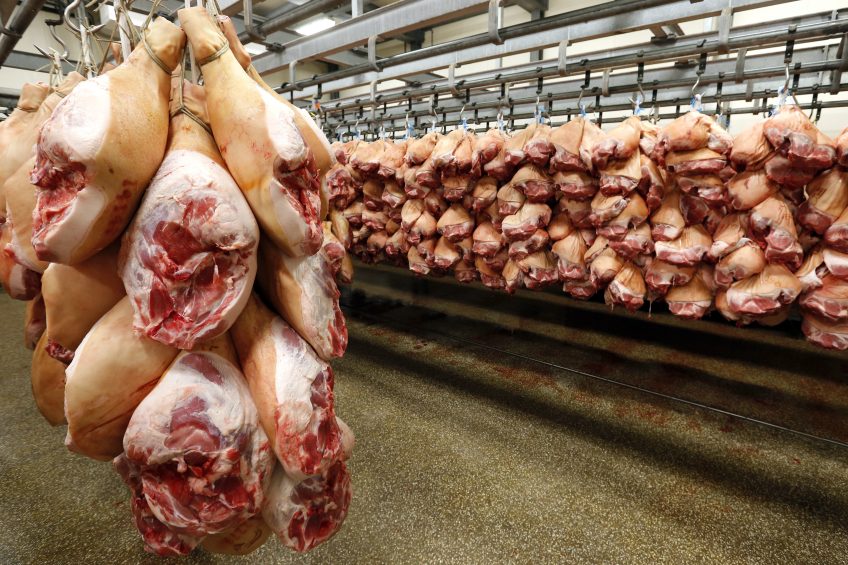World pork trade reached new peaks in 2016 and 2017

The world pig and pork trade reached new highs in both 2016 and 2017. Within the EU, the 1st large zone exporting more than 10% of its production, the world market has strong effects.
World pig and pork trade reached a peak in 2016 and 2017, exceeding 7 million tonnes, with 2017 falling by 2% compared to 2016 (all products, exports from the main exporting areas, excluding local trade). Since the beginning of the 2000s, this trade has been multiplied by almost 3.
These figures were calculated by Michel Rieu, of the French Pork and Pig Institute (IFIP). The information was first published in the May issue of Baromètre Porc.
EU, pork exporter number 1
In the calculations, the European Union is the 1st global pork exporter (half of the tonnage), followed by the North American Free Trade Agreement (Nafta), 35%. Both areas also have a significant trade within them, especially the EU with nearly 11 million tonnes (of which 1.9 million tonnes of live pigs) and the Nafta zone with 2 million tonnes (of which 0.2 million tonnes of live pigs).
Brazil (0.66 million tonnes in 2017) and Chili (0.17 million tonnes) have been active for years on this world market. China is present in the Asiatic trade and Russia focuses increasingly on its neighbours in Asia.
European pork exports have been multiplied by 3.2 since the beginning of the 2000s. In the balance sheet, they have exceeded 10% of its production. Exports from the Nafta and Brazil have been multiplied in the same time by 2.5, those from Chili by 8, and those from Russia by 9.
Pork export growth was largest in Russia
In 2017, the Russian pork exports growth was the strongest (+22% in comparison to 2016), far ahead of Nafta (+8%), while the EU was retreating (-8%). The total value of world pork exports exceeded € 15.7 billion (+4% in one year).
The average price (a little over € 2/kg) has grown by 6% in one year, pork price having increased in numerous countries (EU, USA, Russia, Brazil). The value of pork exports is also influenced by the distribution of products having different values. Between the beginning of the 2000s and 2017, the share of offal has increased (from 4 to 27%), that of meats has decreased (from 65 to 60%), and that of processed products even more (from 20 to 8%).
The EU was exporting a bigger share of offal than Nafta (36% compared to 18% in 2017), and less meat (53% vs 68%). It’s mainly thanks to offal that the EU exports exceeded those of the Nafta zone.

Read more about global pig statistics in our World of Pigs tool
Imports: China and Germany
In 2017, China was the number 1 pig and pork importing country (2.3 million tonnes), closely followed by Germany (2.1 million tonnes, 40% of which is done by 16 million of animals, of which 11 million piglets). In total, 4 countries imported a little more than 1 million tonnes and 8 between 0.4 and 1 million tonnes.
The EU imported only 120,000 tonnes, mainly fats and offal, the Nafta zone 190,000 tonnes, mostly meat and processed products, the USA being the main buyer (0.15 million tonnes).
Remarkable changes in 2017
Imports from some countries have changed significantly in 2017:
- Rare but strong reductions: China (-22%) and Vietnam (-44%);
- Many rises outside Europe: Taiwan (+100%), Philippines (+18%), South Korea (+12%), Japan (+8%);
- Rises in Europe: Bulgaria (+25%), Ukraine (+22%), Belgium (+16%), Hungary (+15%), Rumania (+14%), UK (+13%), Germany (+12%, mainly live animals).
In his article, Mr Rieu concluded, “The international trade is changing and makes the trade of the exporters very demanding in a climate of constant competition.”











